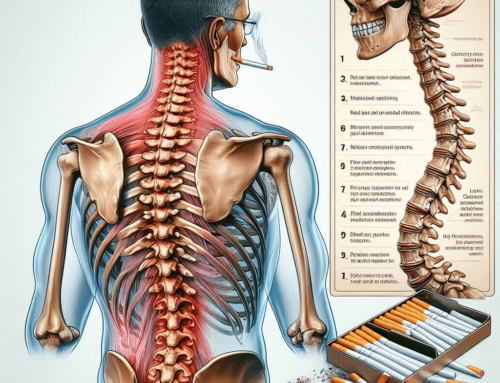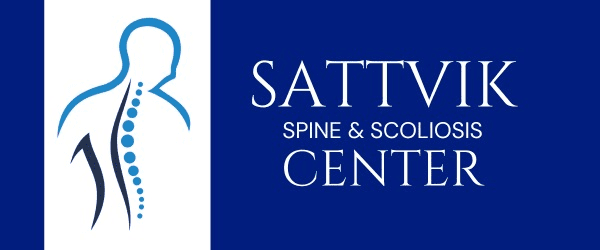Scoliosis is a condition that can affect people of all ages, but it is particularly crucial to detect and address in children. Early intervention is key to preventing scoliosis from progressing and causing more severe spinal deformities. In this article, we will explore the importance of early detection and intervention in children with scoliosis, with expert insights from Dr. Yogesh Pithwa, a distinguished spine specialist.
Understanding Scoliosis in Children
What Is Scoliosis?
- Expert Insight: Dr. Pithwa defines scoliosis as a lateral (side-to-side) curvature of the spine. In children, it can be congenital (present at birth) or idiopathic (of unknown cause).
- Key Point: Early detection is critical to monitor and manage scoliosis in its early stages.
Signs and Symptoms
- Expert Insight: Dr. Pithwa emphasizes the importance of recognizing signs and symptoms of scoliosis in children, which may include uneven shoulders, an asymmetrical waist, or leaning to one side.
- Practical Tip: Regularly check your child’s posture and have them examined by a healthcare professional if you notice any unusual signs.
Early Detection Methods
1. School Screenings
- Expert Insight: Dr. Pithwa highlights that many schools conduct scoliosis screenings. These screenings are valuable for early detection but should be followed by a comprehensive evaluation.
- Example: Some states in the U.S. have scoliosis screening programs for school-age children.
2. Clinical Evaluation
- Expert Insight: Dr. Pithwa recommends a thorough clinical evaluation by a pediatrician or orthopedic specialist, including physical examination and X-rays.
- Importance: Clinical evaluation provides a precise diagnosis and determines the severity of scoliosis.
Intervention and Treatment
1. Observation
- Expert Insight: Dr. Pithwa notes that not all cases of childhood scoliosis require immediate treatment. Some may only need observation to monitor the curvature’s progression.
- Monitoring Plan: Regular check-ups and imaging can track the condition’s development.
2. Bracing
- Expert Insight: Dr. Pithwa explains that bracing is often recommended for moderate scoliosis to prevent further curvature.
- Usage: Braces are typically worn for a specified number of hours per day and can be effective in halting progression.
3. Surgery
- Expert Insight: Dr. Pithwa highlights that in severe cases or when bracing isn’t effective, surgery may be considered. Surgical intervention is typically a last resort.
- Surgical Advances: Dr. Pithwa stays at the forefront of surgical advancements for scoliosis treatment in children.
Conclusion
Early detection and intervention are critical in managing scoliosis in children. Dr. Yogesh Pithwa’s expert insights emphasize the importance of recognizing signs and symptoms, conducting school screenings, and seeking clinical evaluation to assess the condition’s severity.
By identifying scoliosis in its early stages, children have a better chance of receiving the necessary intervention, whether through observation, bracing, or surgery. This ensures the best possible outcomes for their spinal health and overall well-being.











Get Social